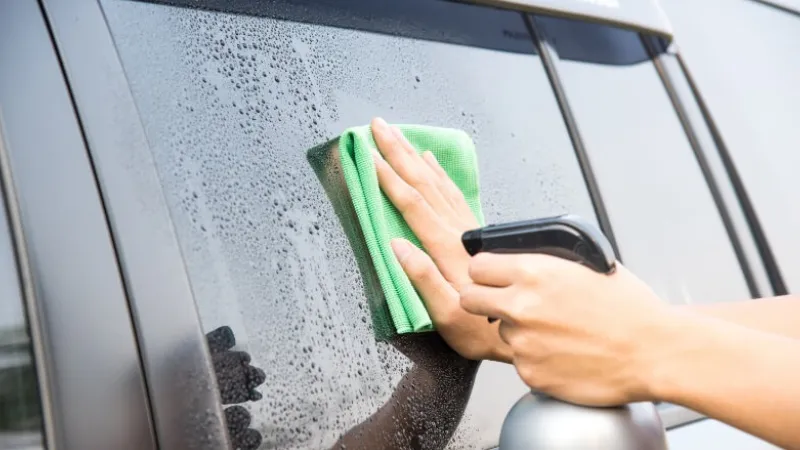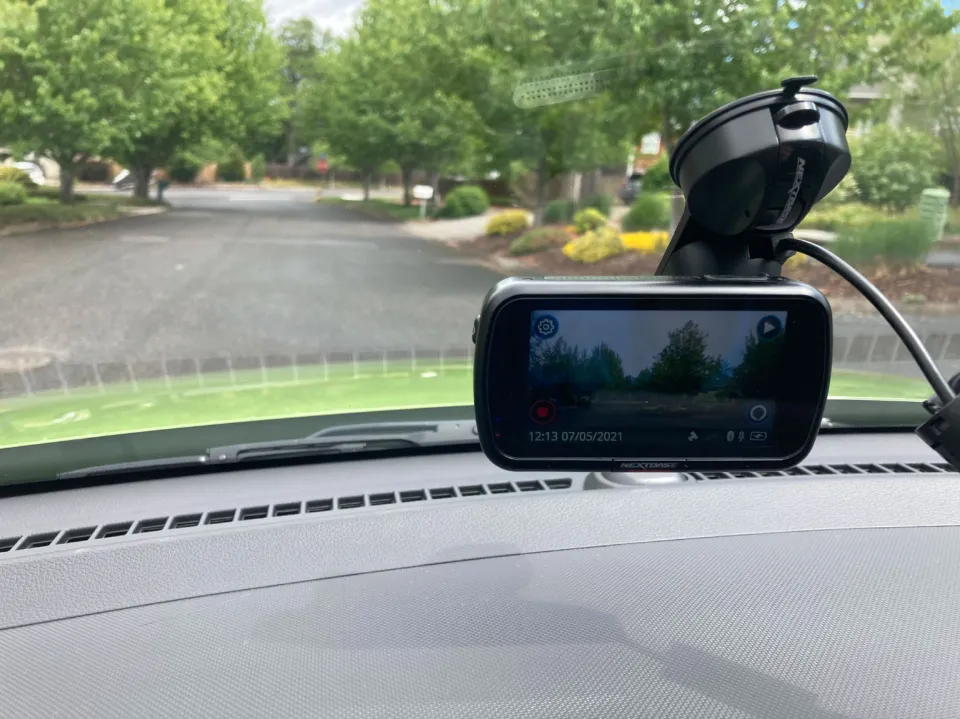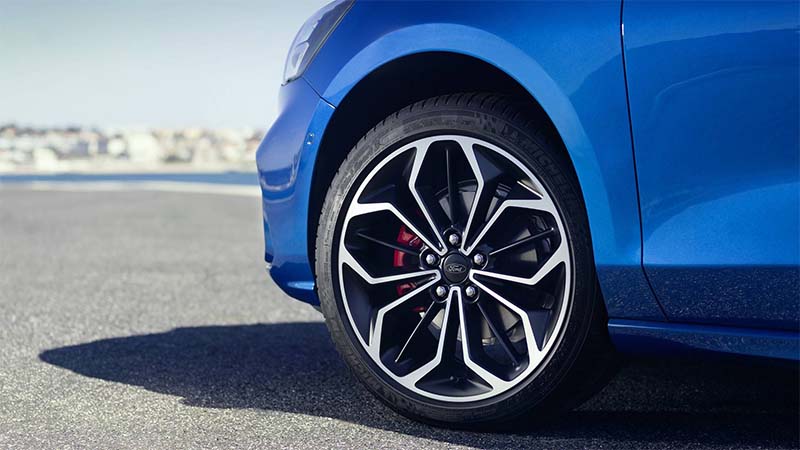Can you use Windex on car windows? If you’re a clean freak, cleaning your car should be at the top of your list of priorities. That said, you can definitely use Windex on car windows, as it’s a glass cleaner.
For a streak-free shine, clean your car windows when the surface is cool and out of direct sunlight. Use Windex to clean the windows, and then a soft, dry cloth or paper towel to dry them. The best material to use is typically microfiber because it doesn’t leave fibers or streaks behind after wiping.
Please continue reading for more details.
What is Windex?
Windex is a water-soluble glass cleaner made of Isopropyl alcohol (Isopropanol) and water that remove dirt from home glass surfaces without leaving annoying stains. This all-purpose cleaner is frequently used by motorists to clean the vinyl and plastic components of automobiles, but it is a difficult product to use on wood.
Most experts recommend cleaning vehicle windows with car shampoo and water as a safe and cost-effective solution. Unfortunately, the majority of drivers who are employed find it to be too time-consuming.
Can You Use Windex on Car Windows? Does Windex Work on Car Windows?
Yes, Windex can be used on car windows. It works on both the outside and inside of all your car windows. But, how to clean your inside car windows well? Instead of the original formulation, use Windex Ammonia-Free Glass Cleaner. An ammonia exposure can cause the tint on many car windows to react.
The Windex Ammonia Free line of glass cleaners is advised for use on all auto windows, including the windshield, according to SC Johnson, the company that makes Windex.
I always use one of Windex’s Ammonia-Free formulas when I clean any of our company car and truck windows. It works just as well as the original formula and there’s no risk of damage to the window tint. Additionally, I appreciate that I don’t need to use multiple products because it works on vinyl, stainless steel, mirrors, plastic, and chrome parts.
Because it dries out leather, Windex should not be used on it. If you use it to clean the interior of your car windows, take care not to get any on your leather seats.
Factory window tint and third-party tint are typically two different products that are applied using two different methods. Third party tiny is typically much thicker and applied like a film. Compared to factory tiny, which is typically very thin, it reacts more harshly with ammonia.
If you have third-party window tint, be especially cautious when choosing the Windex formula you use to clean your car windows.

Pros and Cons of Using Windex for Car Cleaning
It’s easy to maintain your car with Windex, but make sure to choose an ammonia-free variety. The benefits and drawbacks of using this product should be considered before purchasing. Let’s see.
Pros
- Ammonia-free Windex won’t leave stains on the glass
- It is an easy-to-use product
- It removes stubborn stains
- Windex is an affordable cleaner
Cons
- Windex containing ammonia will cause your car’s paint fade
- The cleaner will damage rubber parts and leather seats
- You shouldn’t use this product on the window’s inner side
- It often leads to tinted windows fading and breaking
- Ammonia from Windex will cause the paint to peel after direct contact if you mistakenly spill it
Way to Use Windex for Car Windows Cleaning
The ease and speed with which Windex cleans makes it a popular choice for many busy drivers.
It is sufficient to move your car out of the direct sun and wipe the glass clean with a microfiber cloth. After that, wipe the window thoroughly with Windex after spraying it.
Be careful to clean part by part since dried cleaner leaves streaks on the glass surface. Remember that the only way to get rid of tough stains is to spray Windex and let it sit for a while before conducting the final cleaning. Here is a guide on cleaning car windows without streaks.
You shouldn’t spray this chemical directly on the surface of your choice when using it to clean the interior of the car. The better option is to spray Windex on the cloth to prevent possible damage.
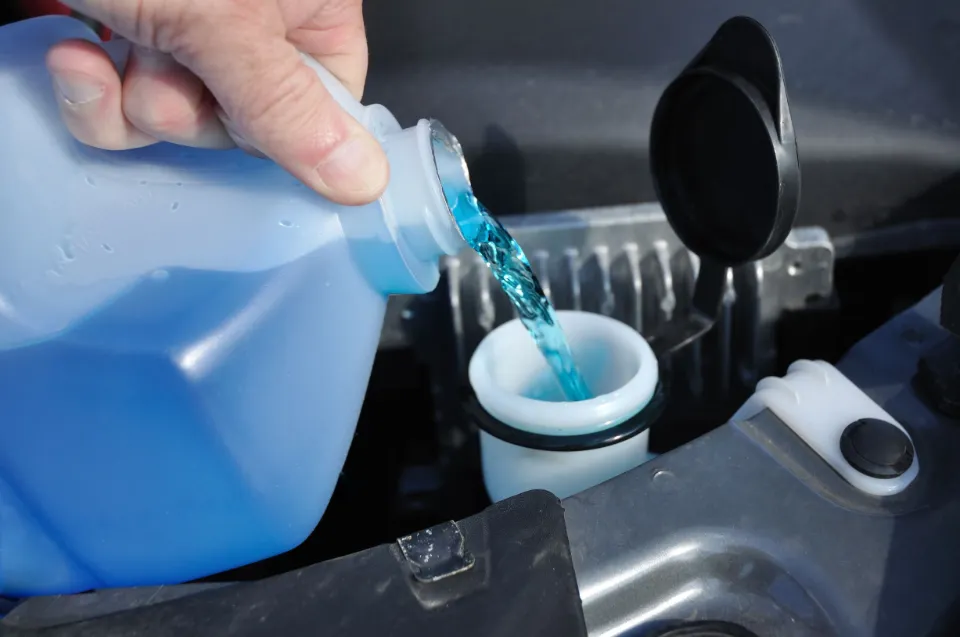
Things to Avoid When Cleaning Windshields
Cleaners Containing Ammonia
There are a few reasons why it’s best to stay away from using common window cleaners (Here is a list of the best window cleaners)like Windex to maintain automotive glass, but the main one is that the majority of them contain ammonia. You can expect several problems after applying these products, including:
- They leave streaks– When regular glass cleaners are used to clean the windshield, the result is frequently a streaky surface that obstructs the view of the road.
- They cause glass fogging – Chemical problems that prevent a clear view through the windshield due to glare and glass fogging could be the result of insufficient chemical concentration.
- They are an inadequate option for tinted glass– Ammonia-based cleaning products often damage window tint. Peeling is brought on by this chemical’s gradual breakdown of the tint.
Other Items Harmful to Automotive Glass
Some products you use to clean windows in your home can harm car windows, particularly windshields.
- Sponges– They are not gentle enough for the sensitive windshield and can scratch or even ruin it. Plus, these items damage tinted glass over time.
- Towels– Old hand and bath towels are too rough for car glass surfaces, particularly windshield, so you should avoid them for cleaning. Always use a soft microfiber cloth for that.
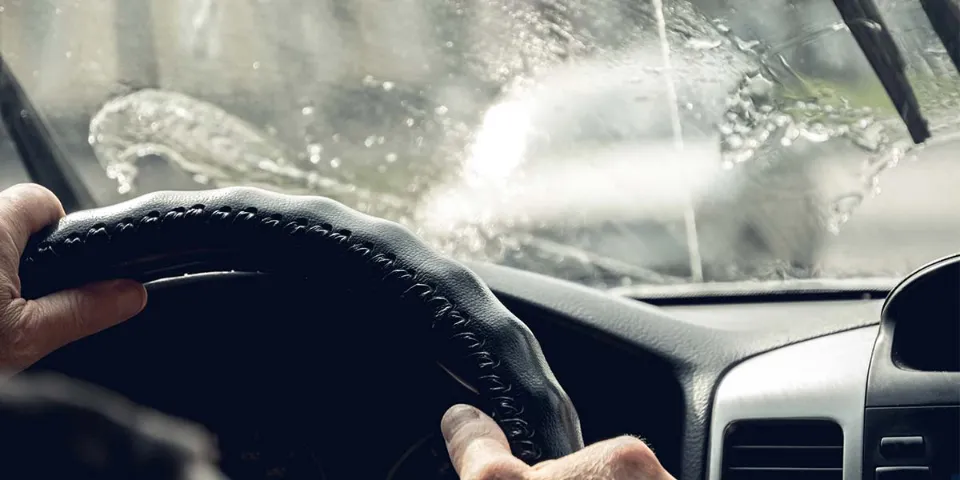
How to Clean Inside Car Windshields?
If you notice that street lights and taillights around you are starting to get fuzzy, you may want to learn how to clean a car windshield on the inside:
- With your microfiber cloth, start by cleaning the glass. This will clear your windshield of most of the grime and dirt.
- Spray your glass cleaner directly on to your microfiber towel and wipe down your windshield.
- The interior of the window should then be cleaned with rubbing alcohol applied to a clean microfiber cloth to remove any grease that may have accumulated there and to improve visibility.
- To complete the task, apply glass cleaner one more time.
More Car Windshield Cleaning Tips
Still noticing blotches and streaks on the inside of your windows? Follow these tips for a professional-level shine:
- To get rid of the paper fibers and streaks that paper towels leave behind, choose a microfiber cleaning cloth.
- Get a reach-and-clean tool to clean those challenging corner spaces.
- Applying a circular motion with your microfiber cloth will help you get rid of the heavy dirt and debris. As soon as you’re prepared to get rid of the streaks, wipe vertically.
- Follow these steps to bring a new level of shine to all of your interior windows!
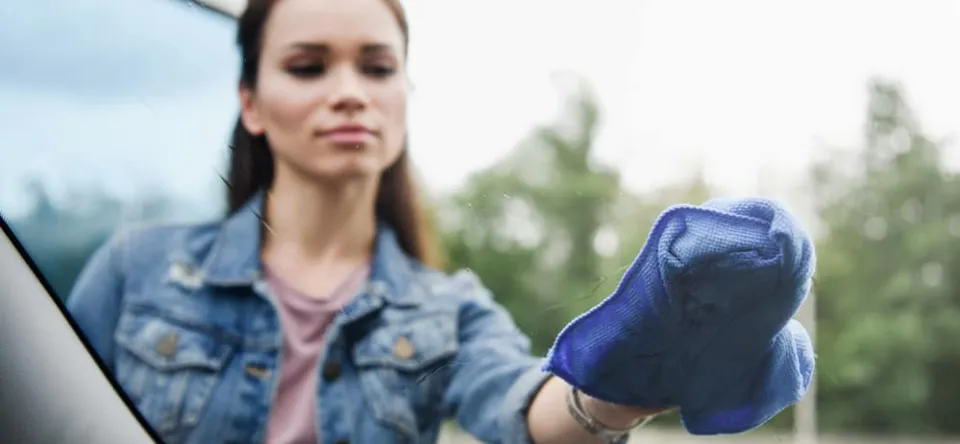
What’s the Best Thing to Clean Car Windows?
A microfiber cloth and Windex Ammonia Free Glass Cleaner are the best tools for cleaning car windows. Wipe the windshield down with a clean, dry microfiber cloth to remove any dirt or dust. Next, either spray Windex on the windows directly or onto a microfiber cloth. Next, use long back and forth or up and down strokes after wiping the windows in a circular motion.
Make sure to wipe the windows down completely. Streaks will be produced if any Windex is left behind.
As your cleaning cloth becomes dirty, replace it and use a generous amount of Windex. Utilizing insufficient cleaner and using a soiled cloth to wipe down car windows is one of the biggest mistakes people make.
- If you don’t change the cloth you’ll end up rubbing dirt back onto the windows or creating a haze.
- Using too little Windex can leave streaks and cause haze.
Is Windex Good for Car Windshields?
Can you use Windex on car windows? Yes, you can. For cleaning windshields, Windex Ammonia Free Glass Cleaner works great. Use caution when using their standard formula as some types of window tint may cause it to react. To start, use a dry microfiber cloth to wipe the windshield clean of any debris. Then spray a generous amount of Windex directly onto the windshield or a microfiber cloth. Circularly wipe the windshield, then use long horizontal or vertical strokes to clean it. If you don’t change your clothes as they get soiled, a haze will form.
When you’re finished cleaning, be sure to completely wipe off the Windex. The windshield will develop streaks or a haze if any Windex is left on it.
The most important part of cleaning a windshield is Windex and a clean microfiber cloth. The majority of car detailers use this to produce a finish that is streak-free and crystal clear. Paper lint or streaks are frequently left behind after using paper towels.
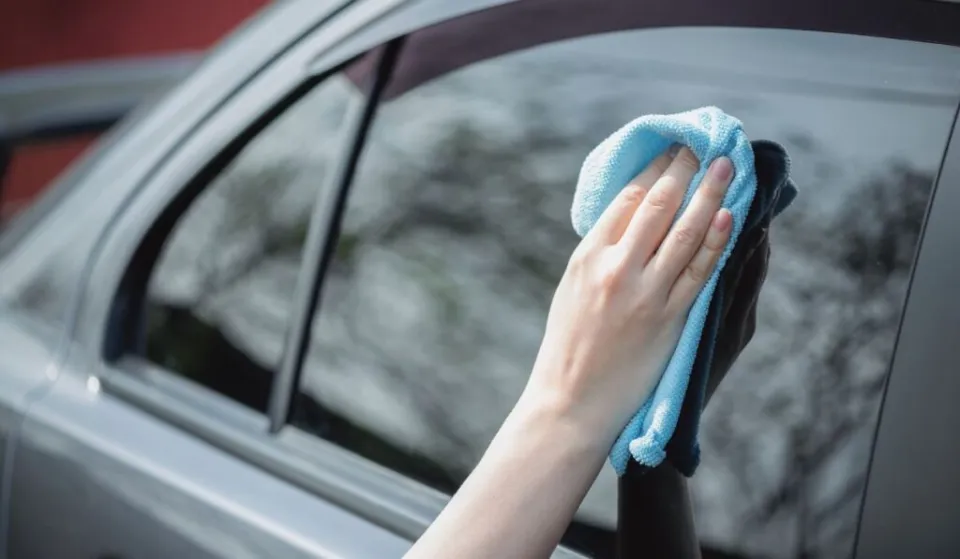
FAQs
What is the Best Thing to Clean Car Windows With?
Wipe the windshield down with a clean, dry microfiber cloth to remove any dirt. To get rid of any grease on the glass, apply some rubbing alcohol with a different cloth. On the opposite side of your microfiber cloth, spray your glass cleaner; avoid getting any on the windshield. Following that, wipe the glass in a circular motion.
Why Not to Use Windex on Car Windows?
In cars with tinted windows, Windex may cause damage. It is not advisable to use Windex on tint that has been installed by a third party, despite evidence that the ammonia in Windex won’t harm factory-applied window tints. Furthermore, Windex is also known to leave streaks if not cleaned properly.
Does Windex Damage Glass?
It’s true. Using Windex, which contains ammonia, can cause damage to glass cooktops that manufacturers won’t cover.
Summary: Can You Use Windex on Car Windows?
Can you use Windex on car windows? The best way to clean the inside of your car’s windows is with Windex. Either spray the windows directly and then wipe them dry or spray a microfiber cloth with Windex and then wipe. If at all possible, make sure the windows are cool and shaded from the sun.
Windex with an ammonia base can damage windshields and other specially made automotive glass. Plus, it contains harsh chemicals that can strip off the paint from the car’s body.
Therefore, you should consider an ammonia-free variation and other cleaning options, including dish soap solution or white vinegar. They are fantastic alternatives for maintaining clean car windows.
You may want to know:

